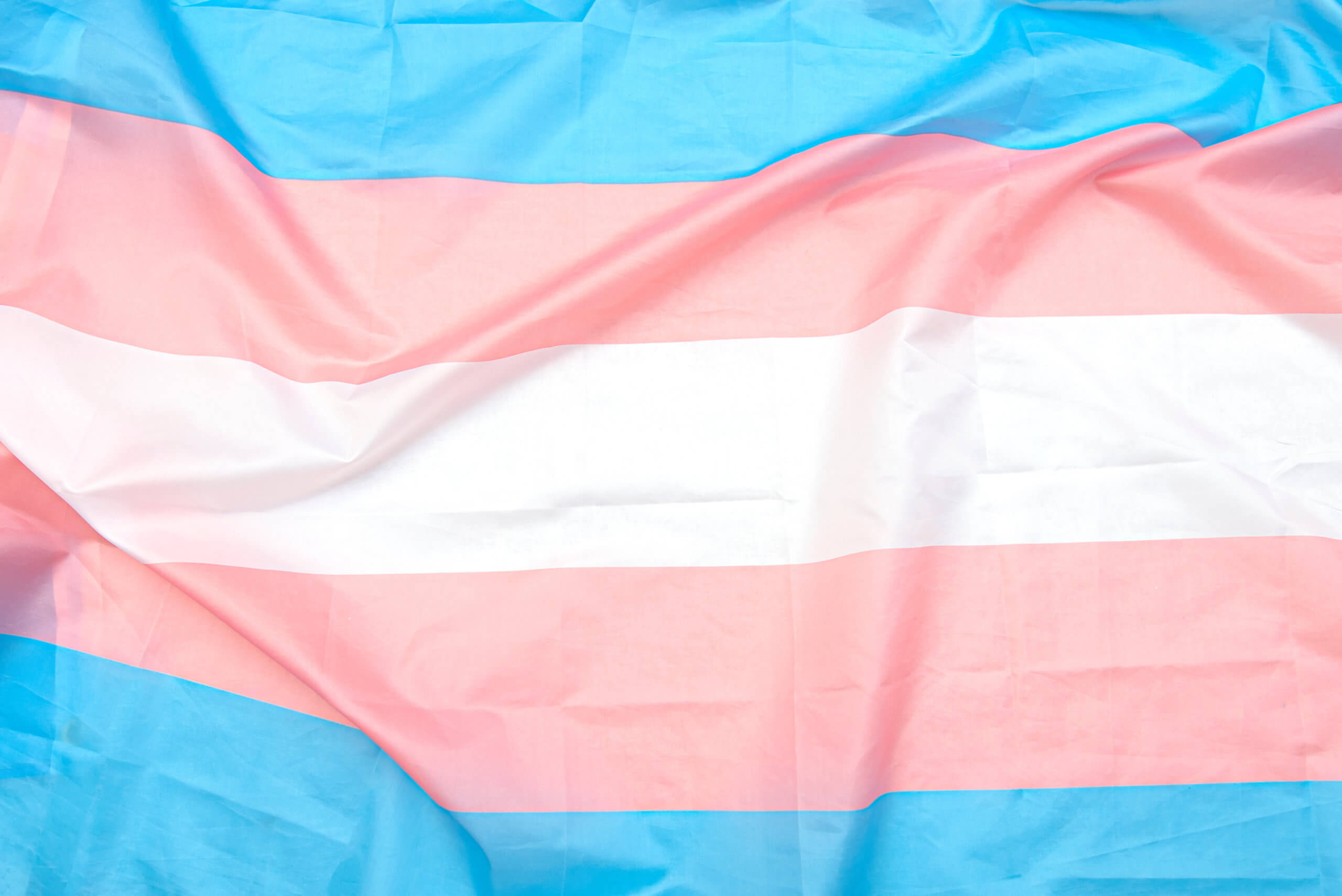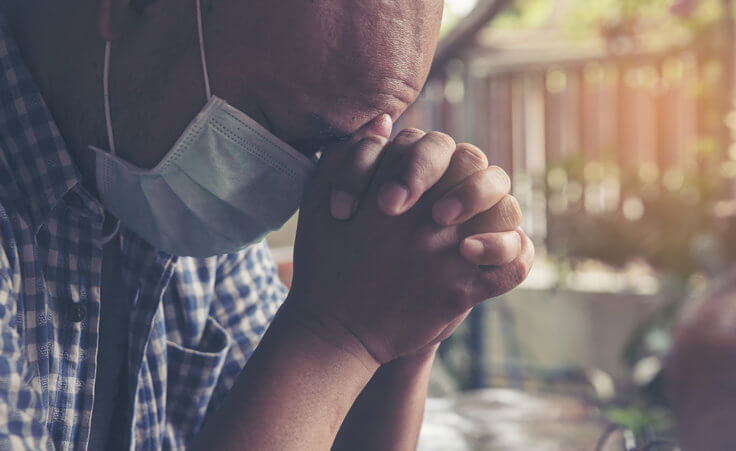
© Savvapanf Photo /stock.adobe.com
Teenage boys and girls each go through stages of growing up. Girls often face emotional turmoil, discomfort from puberty, body image distress, and social anxiety in their teen years. Social media makes this far worse; depression and anxiety afflict a greater number of teens every year.
When girls are isolated and feel lost in the turmoil of middle school and high school, they might cling to anything that promises an escape.
 Activist elementary, middle, and high school teachers celebrate and spur LGBTQ sexuality. TV shows, movies, social media, teachers, therapists, politicians, and the internet seem to shower transgenderism with praise. With so many teen girls looking for acceptance and respite, is it any wonder that they turn to questioning their sexuality and gender?
Activist elementary, middle, and high school teachers celebrate and spur LGBTQ sexuality. TV shows, movies, social media, teachers, therapists, politicians, and the internet seem to shower transgenderism with praise. With so many teen girls looking for acceptance and respite, is it any wonder that they turn to questioning their sexuality and gender?
Our culture makes it easy for girls’ bodily discomfort and shame to suggest another belief: “I’m not a female.”
The number of students with gender dysphoria in high school has increased by one thousand percent in a decade. In Britain, it was four thousand percent. Now, around 1.5 percent of teens in the US identify as transgender.
Abigail Shrier studies the explosion of girls claiming to be transgender in Irreversible Damage: The Transgender Craze Seducing Our Daughters. A secular journalist, she exposes the horrors of transgender ideology preying on young girls. She uncovers the lasting effects of transgender operations, unveiling a world of hypocrisy, willful ignorance, woke deceit, and, ultimately, irreversible damage done to tens of thousands of girls.
Why are more teen girls becoming transgender?
Shrier points to the phenomenon of peer contagion. If more teens in a friend group are LGBTQ, especially transgender, girls will more easily choose that route for themselves. According to most standards for medicine and psychology, like the American Psychological Association, physicians and therapists are now instructed to affirm teens in their transgender interpretation of their feelings.
Shrier writes, “Affirmative therapy compels therapists to endorse a falsehood: not that a teenage girl feels more comfortable presenting as a boy—but that she actually is a boy.” They might recommend “trying” a puberty blocker or using the opposite pronouns. Physicians falsely promise that these are easily reversible if the teen wants to change back.
This is not how real therapy works; affirming therapy is an infection of woke ideology. Consider, for example, a person struggling with anorexia. A therapist would never encourage them to starve themselves and affirm their feelings that, “Yes, you are overweight and need to drop some more pounds.”
A teen girl questioning her sex easily finds a supportive online community on Tumblr, social media, and YouTube, all telling her that she will be liberated from her anguish by becoming a boy. She then steps onto the slippery slope with teachers, classmates, physicians, therapists, and probably parents, all encouraging her decision.
What is gender transitioning like?
The book details numerous interviews with teen transgender girls and their parents, as well as so-called experts, therapists, and scientists. Shrier explores what the process of transitioning is like. For many girls, when they come out and ask to be called another name with different pronouns, they receive praise. It looks different for each person, but those who take it all the way will get puberty blockers, then eventually get on testosterone.
At this point, girls’ experiences will vary, but generally, they feel stronger and more confident on testosterone—even euphoric. They also often become irritable, angry, and “foggy-headed.” It’s like they become a different person.
But, at least she can no longer be ridiculed and bullied for her less-than-perfect physique. With body fat redistribution and facial hair coming in, it will become obvious that she’s on the “boy’s team.” This is just the beginning, and the damage is already becoming semi-permanent. Her voice will become irreversibly deeper, for example.
If she decides not to get top surgery (a double mastectomy) or wants to “present” as a boy before the top surgery, she will wear a “binder.” They are basically corsets that flatten one’s breasts. The devices can cause breathing complications, bruising, and damage to their rib cages.
They can then get top surgery or the even riskier and more dangerous “bottom surgery.” These come with side effects and are permanent. Surgeries to reverse them do not fully repair what’s done to her body. At this point, she will be sterile and have no breasts for the rest of her life.
Despite this, there’s no room for criticism or caution in the world of LGBTQ ideology. Even the groundbreaking doctors doing research on transgenderism are mortified by the wave of teens wanting to transition. However, when any of them question the validity of these girls’ desires, Shrier details from her interviews that they usually lose their jobs or get stripped of their accolades.
Why are some parents giving in to transgenderism?
One question that arises in all of this is: What are the parents doing? How could they stand by as their child does irreversible damage to their bodies and psyches?
“Experts” will blackmail parents with the threat of suicide and self-harm, saying, “If you don’t affirm them absolutely and right away, you are putting them at higher risk of suicide.” Shrier writes that the “experts” have the “power to disarm and disable parental judgment.”
Desperately wanting to help their child through their anguish and promised that affirming their transition will help, many parents give in. Some parents even encourage the process, to their daughter’s detriment.
Why do they insist on sticking to their guns? Shrier suggests that parents and physicians who support affirmative therapy have done something so horrible that they cannot admit to themselves their own folly. Doing that would admit to doing something evil and broken beyond belief, which most people will never do.
There’s another reason why parents aren’t stopping it that’s even more frightening: transitioning girls don’t need parental approval. The online community and even woke teachers will affirm their identity and help them hide it. Shrier details the story of a girl who was a boy at school but a girl in the evening.
Adults who went through the operations often double back and “de-transition.” The effects are scarring and often cause untold resentment and sorrow.
Shrier writes about the devastating reality: “She’ll wake up one morning with no breasts and no uterus and think, I was only sixteen at the time. A kid. Why didn’t anyone stop me?” Society has already determined that most teens are not fit to decide whether they should get married, change their names, or even drink alcohol. And yet, we’ve decided they can choose surgery to change their gender.
What if my daughter thinks she’s a boy?
I encourage everyone who has a teen struggling with their sexuality or who is exposed to it in their public schools to read all of Irreversible Damage. With that said, here are some suggestions Shrier gives for parents:
- Don’t get your children a smartphone.
- Don’t relinquish your authority as a parent.
- Don’t support gender ideology in your child’s education.
- Reintroduce privacy into the home.
- Stop pathologizing girlhood.
- Don’t be afraid to admit: it’s wonderful to be a girl.
When teen girls are gripped with sadness or isolation, you as a parent should show them compassion and love. Encourage them, yes, but also discipline them. Do not allow them to push you over. Rebellion in teen years is a natural part of development. It’s OK if there’s some conflict; that’s normal. Don’t let your children boss you around, but have heartfelt conversations full of compassion with them too.
Acknowledge their feelings no matter what, and affirm them if their emotions reflect reality. For instance, affirm their sadness when they break up with a boyfriend. But, if their feelings are based on lies, then don’t affirm them. They look to you for guidance and truth (even if they wouldn’t admit it in a million years).
How should Christians respond to teen girls transitioning?
Shrier is right when she pinpoints a philosophy at the root of the endemic: “Dr. Kaufman [a gender-affirming therapist] seemed to be introducing an ontology—one in which chromosomal DNA is no more determinative of identity than the ineffable feelings of an eight-year-old.”
As a note again, Shrier does not seem to be a Christian. She seems to believe that gender transition for adults is often a good thing. So, her work does not entirely reflect the traditional Christian worldview, but it does give an example of a cultural apologetic. It’s a work written under secular assumptions that still gives a message undermining the world’s harmful ideology.
God created us as sexed beings. Males and females together reflect the image of God. The body is important, but God “looks on the heart,” not on “outward appearance” (1 Samuel 16:7). Because our beliefs are rooted in God’s design, we don’t have to reinforce gender stereotypes. We can fully embrace “tom girls” without denying their beautiful sexuality created by God.
It’s deeply sad that girls feel so ashamed, anxious, and depressed in their bodies that they feel compelled to do anything to escape it. That should break everyone’s hearts. They are the victims of social media’s perverse standards and the world’s broken solutions.
They need the love of Christ.
For the most fully transitioned, transgender person, Christ can redeem their story too.
Nothing is outside of his power.













